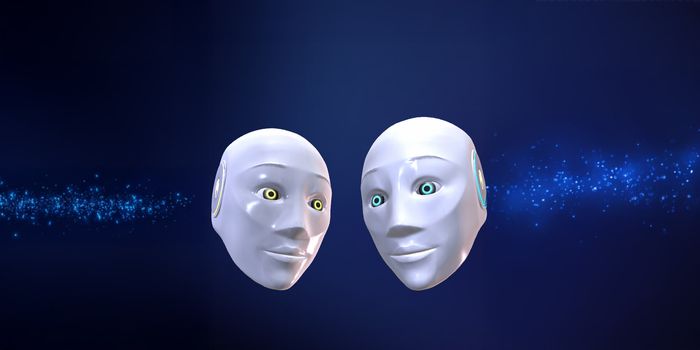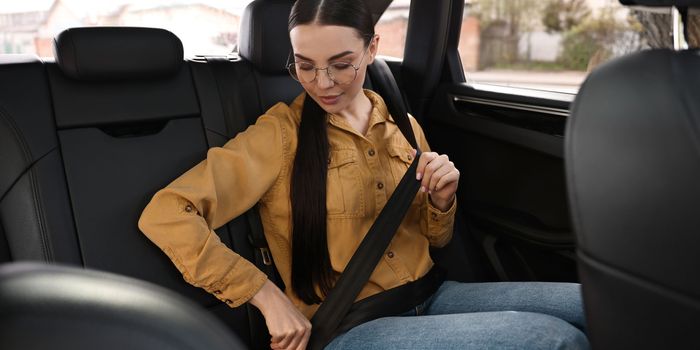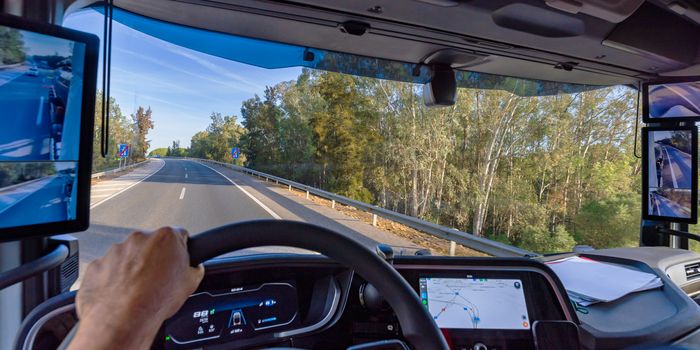
Resources
News




News
2026 Deadline: Strategic Implications of the EU Driver Monitoring Mandate for Vehicle Manufacturers
Read more


News
Accelerating Innovation with Rapid Feature Development in Neonode’s Driver Monitoring Software
Read more

News
Digital Mirror Augmentation for Commercial Vehicles - Revolutionizing Safety and Efficiency
Read more
